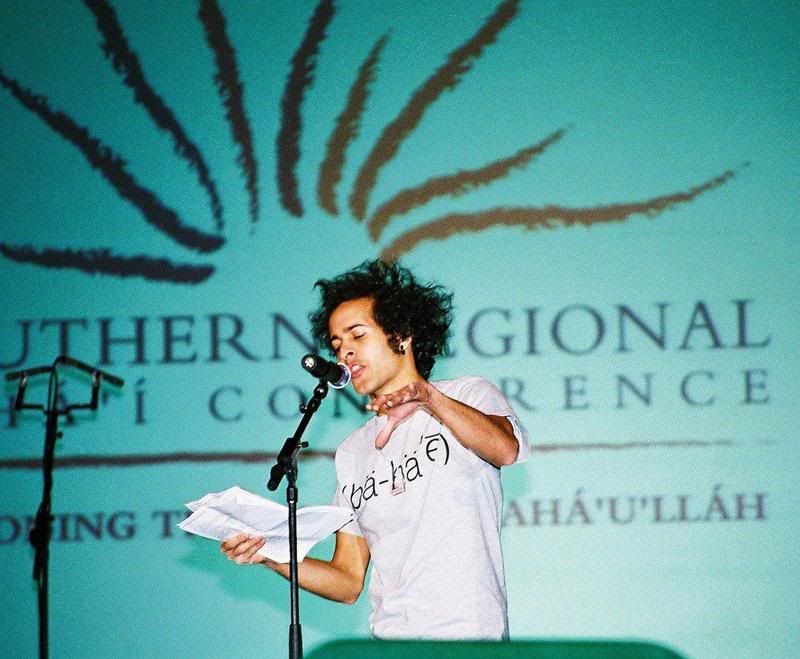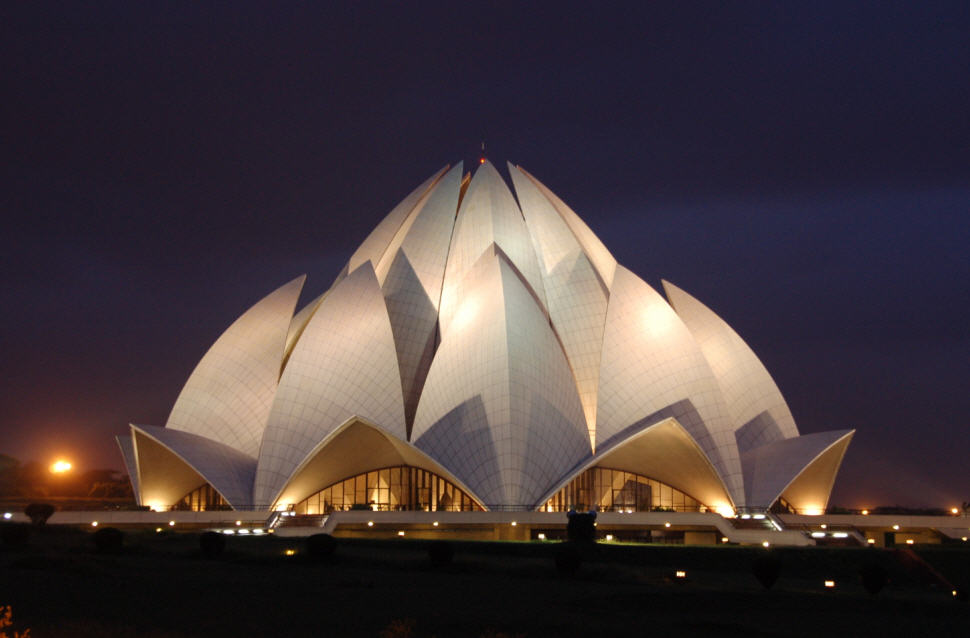Youth Art project brings citation..
Youth art project brings citation for Nunavut resident
26 April 2009
IQALUIT, Nunavut, Canada —
Beth McKenty moved to sparsely populated northeast Canada – to Iqaluit on Baffin Island – in 1999 to fulfill a pledge, made 45 years earlier, to devote part of her life to reducing youth suicide.
Within two weeks of arriving she had begun a project to help children build self-esteem by exploring their creativity. The Arctic Youth Art Initiative has since grown to involve hundreds of children.
Ms. McKenty's efforts were acknowledged this month when she was one of 75 individuals from across Canada named as recipients of the Caring Canadian Awards for 2009. Created in 1996 by the Canadian Governor General, the award is presented to individuals and groups whose unpaid, voluntary contributions over a number of years provide extraordinary help or care to people in their community.
It has been a long and often surprising road for Ms. McKenty from her birthplace of Snowflake, Manitoba, to Iqaluit, population 7,200 and the capital of the Nunavut territory. In addition to several decades in Wisconsin, where she worked as a freelance journalist and raised a family, she has lived in Japan, China, and Russia, and she has taught at the Navajo College at Tsaile, Arizona, in the United States.
- 1
- 2
- 3
The young people are offered space and materials for their work, but Beth McKenty says she "never really instructed these children." (Photo copyright 2004… »
Beth McKenty, left, was nearly 70 years old when she started the art program a decade ago. (Photo copyright 2004 Nunatsiaq News. Used with permission.)
These works were created by Ooleepeeka Ipeelie and Seepoola Innuaraq during their participation in the Arctic Youth Art Initiative. (Photo courtesy the Baha'i… »
Enlarge images
"I started out on a farm in Manitoba, one of seven children," she said. "My father was from pioneer stock and a veteran who served at Vimy Ridge. My mother, a nurse, was an Icelandic immigrant. We grew up in a home with an openness to the whole world.
"In 1954, my younger brother took his own life. One way I dealt with the anguish was to make a promise to myself that some day, somehow, I would do something to help reduce youth suicide."
It was the day of her brother's funeral that she first heard of the Baha'i Faith. As she learned of Baha'u'llah's world-embracing principle of unity, she felt it matched the values she had grown up with. A life of Baha'i activity has followed.
"I was so busy and the years went by, but my plan always included fulfilling my promise to my brother," she said. "Then in 1999, two things happened simultaneously. I read that the rate of youth suicide in newly formed Nunavut was seven times the Canadian average. Around the same time, I attended the Baha'i National Convention in Montreal where I learned of opportunities for service in the Arctic. Here was my chance."
By October, she had moved into Baha'i House in Iqaluit, located on the Arctic tundra not too far south of the Arctic circle.
'I came with a purpose'
"I came with a purpose but didn't have a method," she said. "Earlier, I had had my own artist's studio for two years and had brought my paints with me to Iqaluit. Two weeks after getting there, I heard some strange sounds and discovered two boys trying to throw stones over the house, but missing. I opened the door and asked if they'd like to come in for hot chocolate.
"Since I'd been painting, I asked them if they would like to paint, too. I explained that with red, yellow, and blue they could mix any color except white. They were shy but accepted. I was astounded at what they could paint. Their work was so northern. The wonderful heritage of the Inuit was evident in these children. They returned later with one or two friends. That's how this project began.
"I never really instructed these children. I just facilitated by providing a space and good quality materials. In addition to the painting, the children enjoy games, prizes, lunch, and occasional 'multiple' birthday parties."
Although located in Baha'i House, the project is separate from Baha'i gatherings and is offered as a service to the community. Little by little, a special format developed with greeting time followed by preparation of palettes, brushes, paper, and paint for each child.
"I soon learned," Ms. McKenty recalled, "that it matters to give exactly the same amount of materials to each child as they intently watch the preparation. I ask for six or seven minutes of silence at the beginning of painting. I've learned talking disturbs the creative moment. Often, silence continues a long time as the young artists become absorbed in what they are creating."
Read more at
Youth art project brings citation for Nunavut resident









